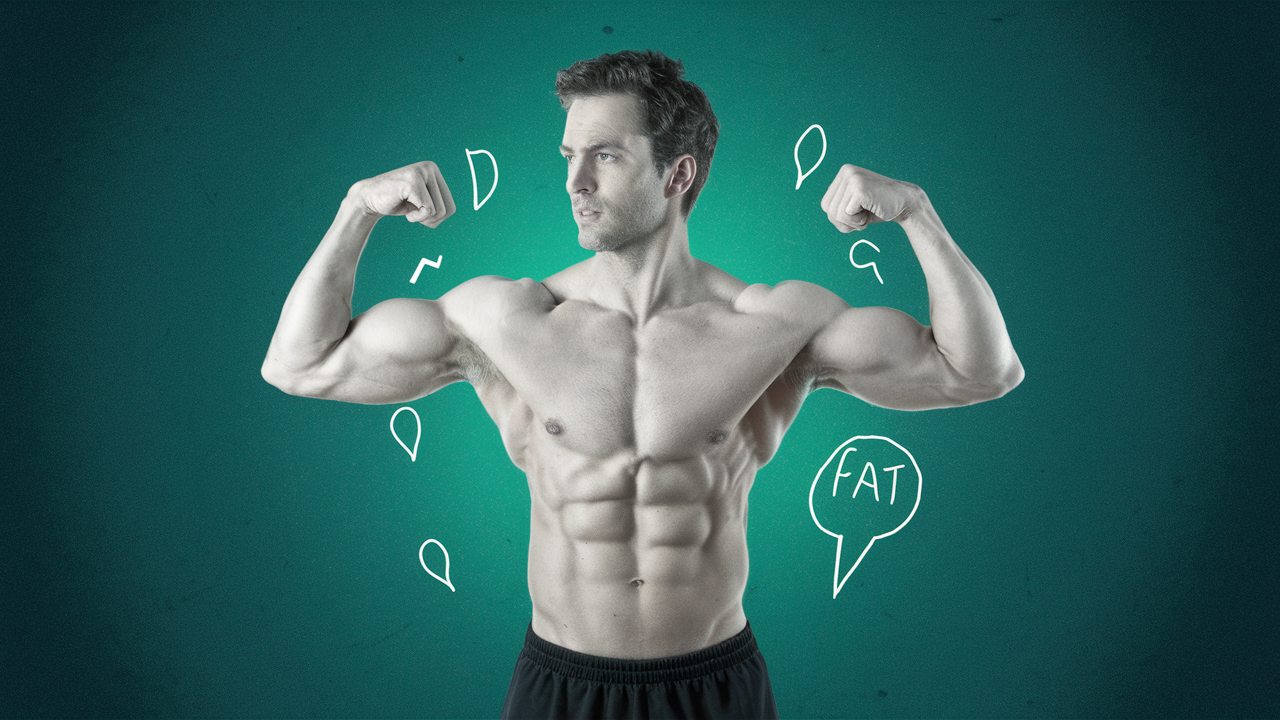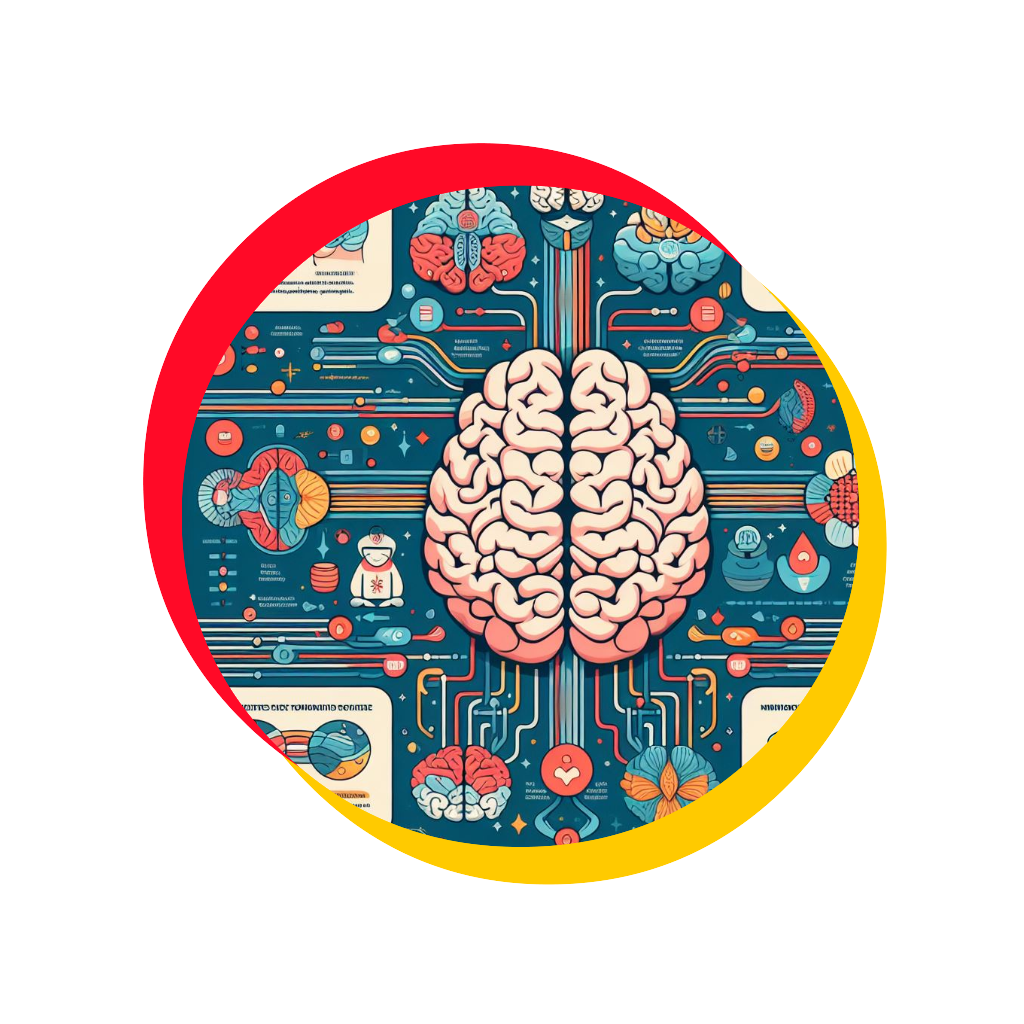Have you ever stepped on the scale, felt discouraged by the number, only to look in the mirror and see a physique that tells a different story? That’s because your weight on the scale doesn’t tell the whole story. What truly matters is your body composition, the ratio of muscle to fat mass in your body.
Muscle vs. Fat: Understanding the Difference
Our bodies are a complex mix of tissues, including muscle, bone, fat, water, and organs. Muscle tissue is denser and more compact than fat tissue. Think of it like this: a pound of muscle takes up much less space than a pound of fat, similar to how a pound of feathers takes up more space than a pound of steel.
Why Body Composition Matters More Than Weight
Focusing solely on weight can be misleading. Here’s why body composition is a more accurate measure of health and fitness:
- Muscle burns more calories: Muscle is metabolically active, meaning it burns calories even at rest. The more muscle you have, the higher your basal metabolic rate (BMR), which is the number of calories your body burns to maintain basic functions.
- Fat is linked to health risks: Excess body fat, particularly visceral fat around the organs, is associated with an increased risk of chronic diseases like heart disease, type 2 diabetes, and some cancers.
- Body shape and definition: Muscle mass contributes to a toned and sculpted physique, while excess fat can lead to a softer appearance.
How to Measure Body Composition
There are several ways to measure body composition, each with varying degrees of accuracy and accessibility.
- Bioelectrical Impedance Analysis (BIA): This method uses a weak electrical current to estimate body fat percentage based on how easily the current travels through your body. BIA scales and handheld devices are readily available, but accuracy can be affected by hydration levels.
- Skinfold Calipers: A trained professional uses calipers to measure the thickness of skinfolds at specific body sites. This is a relatively affordable and portable method, but requires expertise for accurate results.
- Dual-energy X-ray Absorptiometry (DEXA): This gold-standard method uses low-dose X-rays to precisely measure bone mineral density, muscle mass, and body fat percentage. DEXA scans are more expensive and require specialized equipment, but offer the most accurate results.
- Hydrostatic Weighing: This method involves underwater weighing to measure body density. While highly accurate, hydrostatic weighing is not widely available and can be somewhat uncomfortable.
Optimizing Your Body Composition
The ideal body composition varies depending on factors like age, sex, and fitness goals. However, here are some general tips for building muscle and reducing fat:
- Strength training: Regularly engaging in resistance training with weights or bodyweight exercises helps build and maintain muscle mass. Aim for at least two sessions per week, targeting all major muscle groups.
- Diet: Focus on a balanced diet rich in whole foods, including lean protein, complex carbohydrates, and healthy fats. Adequate protein intake is crucial for muscle growth and repair.
- Cardio: While not directly building muscle, cardiovascular exercise like brisk walking, running, or swimming helps burn calories and reduce overall body fat.
- Rest and recovery: Allow your body adequate rest and recovery time between workouts to rebuild muscle tissue and prevent injuries.
Remember: Building muscle and reducing fat takes time and consistency. Don’t get discouraged by slow progress. Focus on making healthy lifestyle changes and celebrate your non-scale victories, like increased strength, better endurance, and a more toned physique.
By understanding body composition and focusing on building muscle and reducing fat, you can move beyond the limitations of the scale and achieve a healthier, fitter you.
Additional Tips
- Set realistic goals: Focus on progress, not perfection. Aim for gradual and sustainable changes to your fitness routine and diet.
- Find an exercise routine you enjoy: Consistency is key. Choose activities you find fun and engaging to make exercise a sustainable part of your life.
- Seek guidance from a professional: A certified personal trainer or registered dietitian can help you create a personalized plan to achieve your body composition goals.




